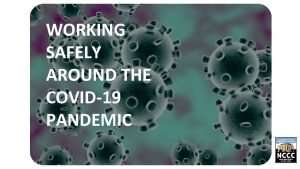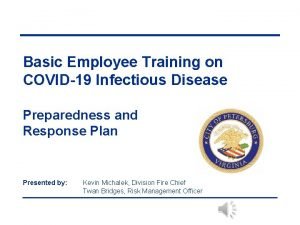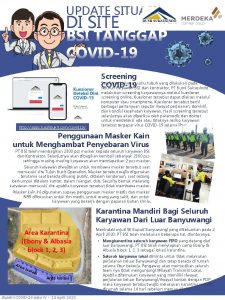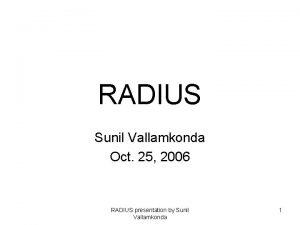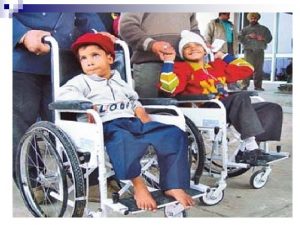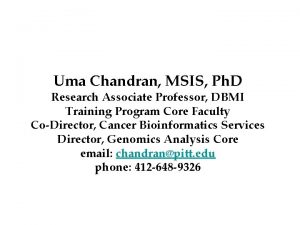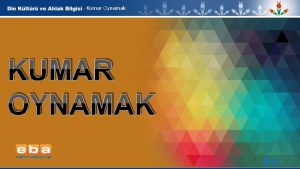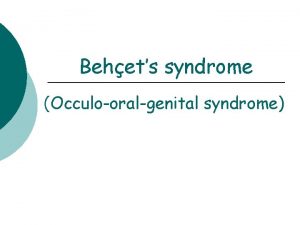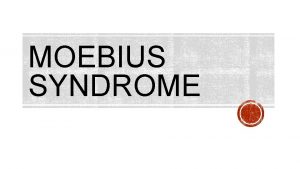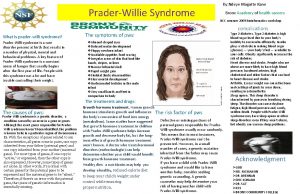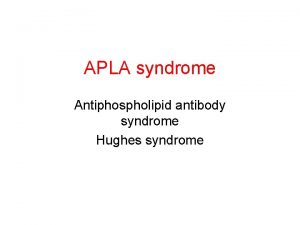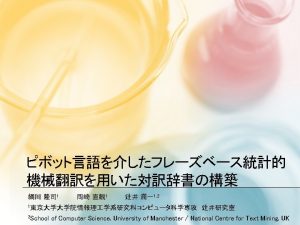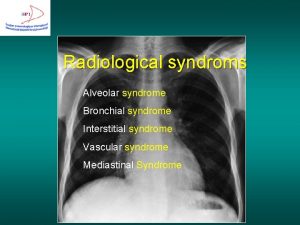Post covid19 syndrome Dr Sunil Kumar Mahavar Associate















- Slides: 15

Post covid-19 syndrome Dr. Sunil Kumar Mahavar Associate Professor Dept. of General Medicine SMS Medical College Jaipur

Long Covid-19 • Fever (83 -99%) • Cough (59 -82%) • Fatigue (44 -70%) • Anorexia (20 -84%) • SOB (31 -40%) • Myalgia (11 -35%) • Others: anosmia, loss of taste, GI, headache

Who gets Long Covid-19? • Factors that appear to be associated with a greater risk of suffering from “Long COVID-19” appear to be: • Increasing age • Excess weight/ obesity • DM-2 , COPD, CKD • Patients on immunosuppression medication , organ transplant recipients • Multiple symptoms at presentation

Fever May be treated symptomatically with Paracetamol or non-steroidal antiinflammatory drugs. • Monitoring functional status in post-acute coivd-19 patients is not yet an • exact science .

Chest Pain Chest pain is common in post-acute covid-19 syndrome approximate incidence 12 to 44 %. The clinical priority is to separate musculoskeletal and other non-specific chest pain from serious cardiovascular conditions. Cardiopulmonary complications include myocarditis, pericarditis, myocardial infarction, dysrhythmias, and pulmonary embolus; they may present several weeks after acute covid-19. They are commoner in patients with pre-existing cardiovascular disease

Cough • chronic cough as one that persists beyond eight weeks. Up to that time, and unless there are signs of super-infection or other complications such as painful pleural inflammation, cough seems to be best managed with simple breathing control exercises and medication where indicated .

Thromboembolism • Covid-19 is an inflammatory and hypercoagulable state, with an increased risk of thromboembolic events. • Many hospitalized patients receive prophylactic anticoagulation. thromboprophylaxis. • If the patient has been diagnosed with a thrombotic episode, anticoagulation and further investigation and monitoring should follow standard guidelines.

Neurological Sequelae • Ischemic stroke, seizures, encephalitis, and cranial neuropathies have been described after covid-19, but these all seem to be rare. • A patient suspected of these serious complications should be referred to a higher centre. • Common non-specific neurological symptoms, which seem to co-occur with fatigue and breathlessness, include headaches, dizziness, and cognitive blunting (“brain fog”).

Breathlessness • A degree of breathlessness is common after acute covid-19. Severe breathlessness, which is rare in patients who were not Hospitalised, may require urgent referral. Breathlessness tends to improve with breathing exercises. • Pulse Oximeters may be extremely useful for assessing and monitoring respiratory symptoms after covid-19. • An exertional desaturation test should be performed as part of baseline assessment for patients whose resting pulse oximeter reading is 96% or above but whose symptoms suggest exertional desaturation (such as lightheadedness or severe breathlessness on exercise).

• Typically, oxygen saturation (pulse oxymeter) would be a daily reading taken on a clean, warm finger without nail polish, after resting for 20 minutes; the device should be left to stabilize and the highest reading obtained should be recorded .

Fatigue • The profound and prolonged nature of fatigue in some post-acute covid 19 patients shares features with chronic fatigue syndrome described after other serious infections including SARS, MERS, and community acquired pneumonia. • We found no published research evidence on the efficacy of either pharmacological or non-pharmacological interventions on fatigue after covid-19. • Patient resources on fatigue management and guidance for clinicians on return to exercise and graded return to performance for athletes in covid 19 are currently all based on indirect evidence .

Fatigue Management which may include: • Energy management - 3 P’s: plan, priorities and pace, • Anxiety- Re-assure normal for fatigue after viral infection • Routine Gentle activity within self assessed limitation Physical activity advice • Rest and Sleep • Hydration and nutrition • Pain



Thank you
 Vaksin covid19
Vaksin covid19 Do if you covid19
Do if you covid19 Covid19 athome rapid what know
Covid19 athome rapid what know What do if test positive covid19
What do if test positive covid19 Http//apps.tujuhbukit.com/covid19
Http//apps.tujuhbukit.com/covid19 Sunil vallamkonda
Sunil vallamkonda Sudha chandran wooden leg
Sudha chandran wooden leg Sunil dhola
Sunil dhola Dr l sunil chandran
Dr l sunil chandran Sunil thapar
Sunil thapar Cesg tamu
Cesg tamu Issuer services
Issuer services Supply chain management sunil chopra 6th edition ppt
Supply chain management sunil chopra 6th edition ppt Sunil gupta bmcc
Sunil gupta bmcc Sunil paudel
Sunil paudel Rocketgtp
Rocketgtp

